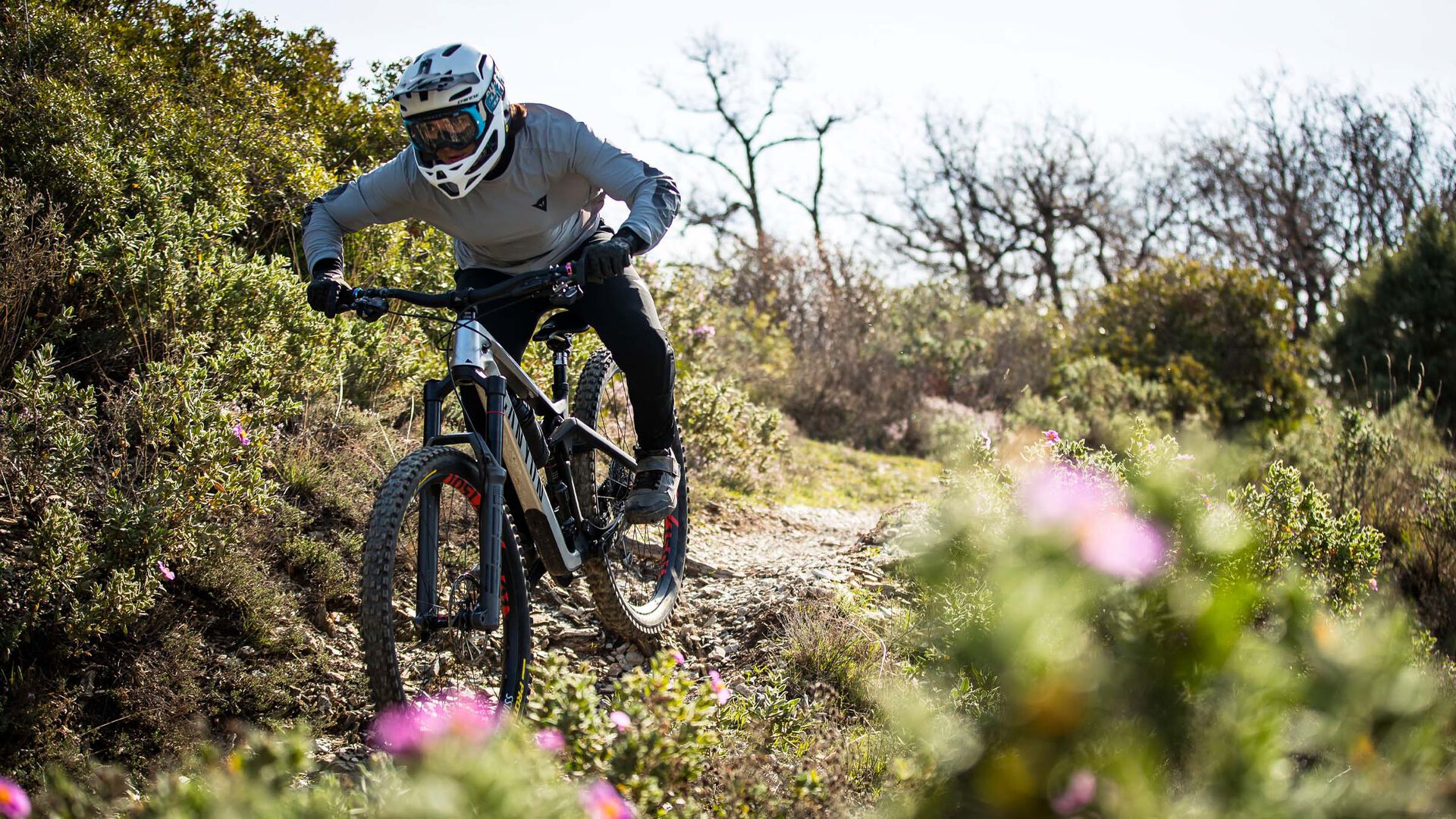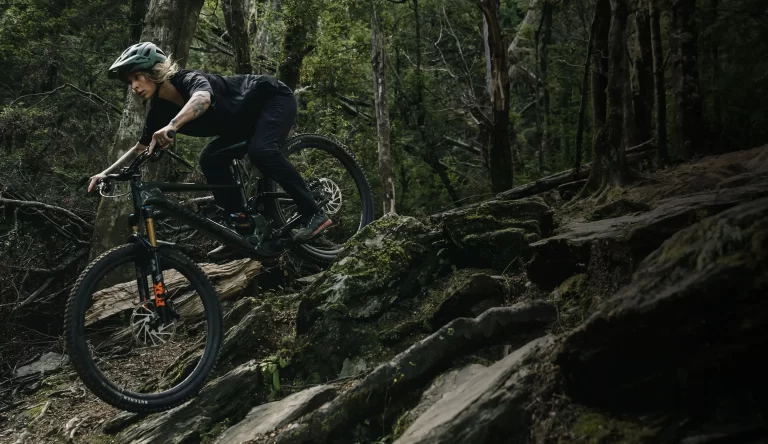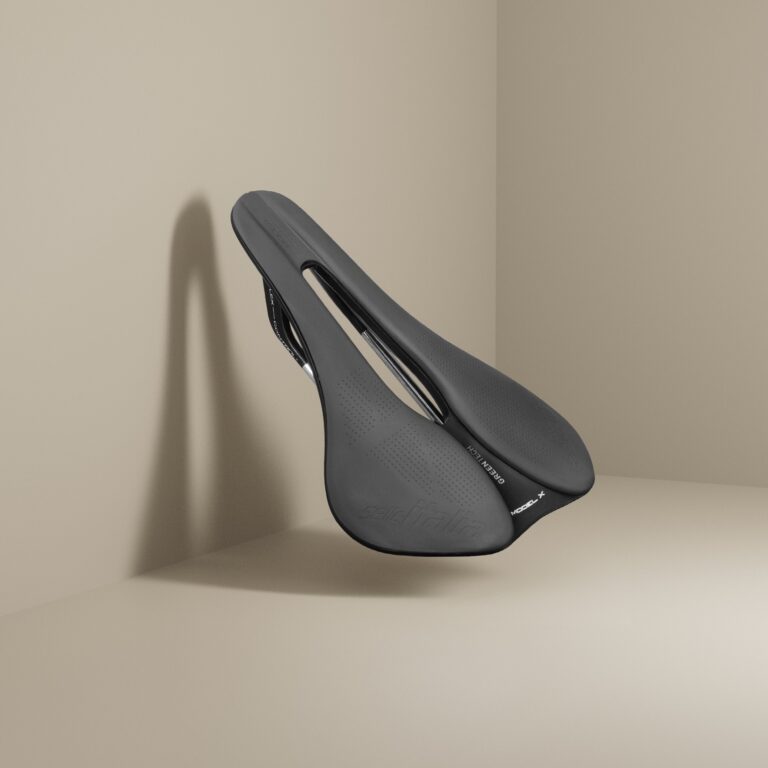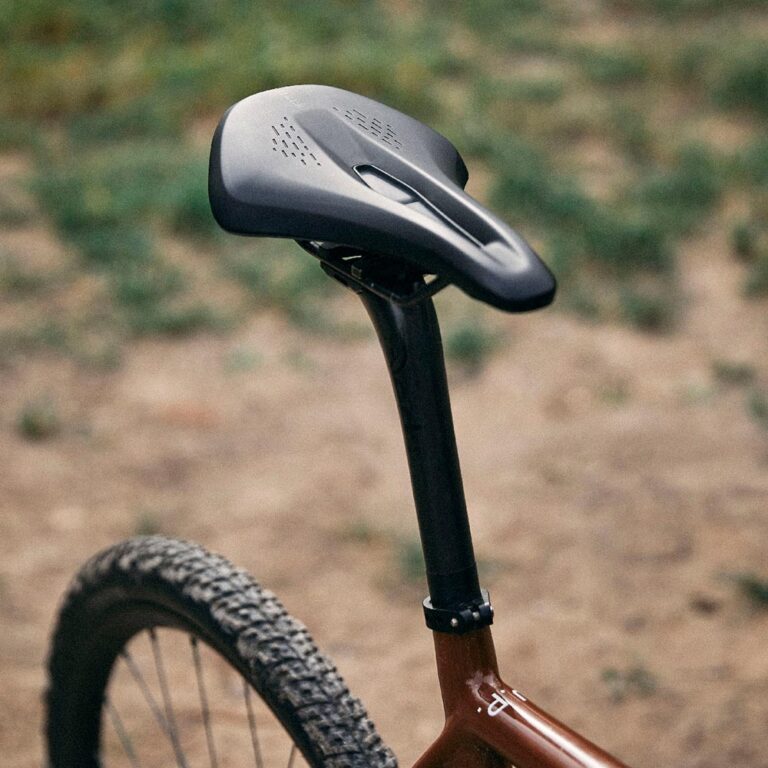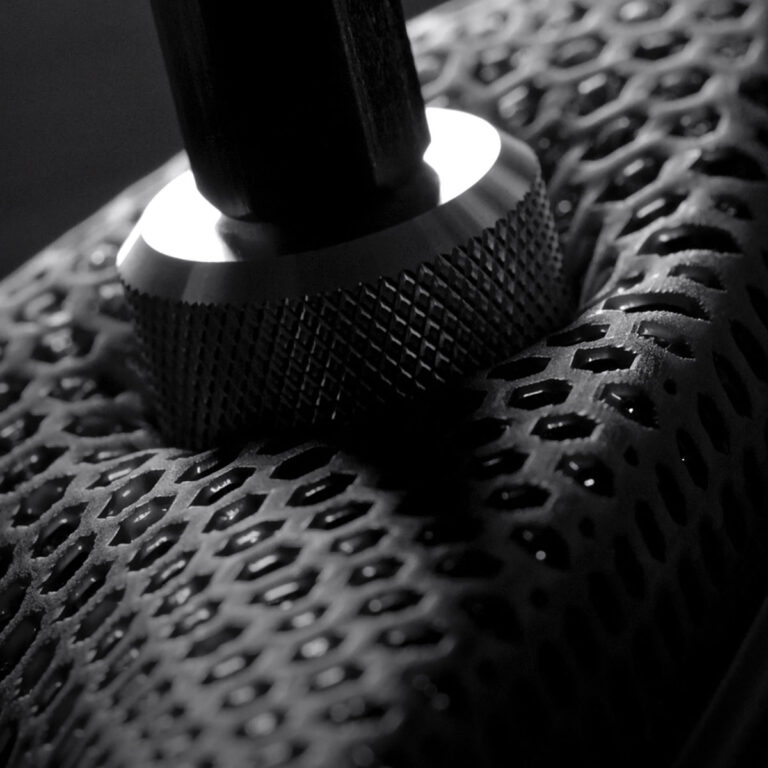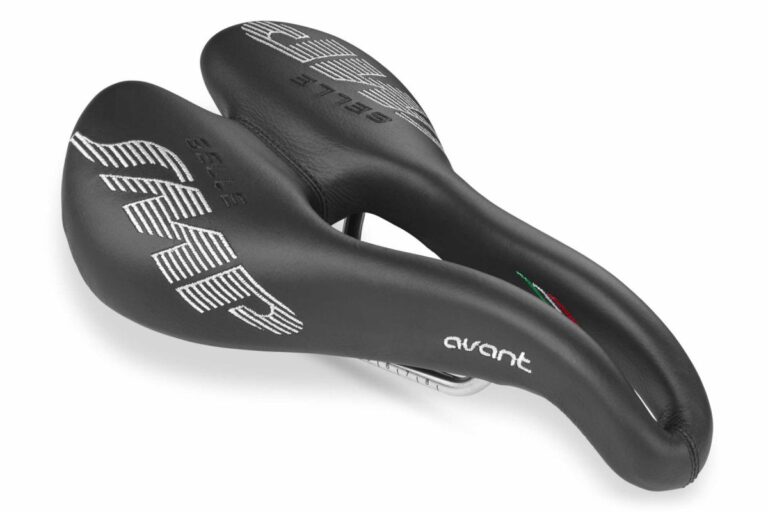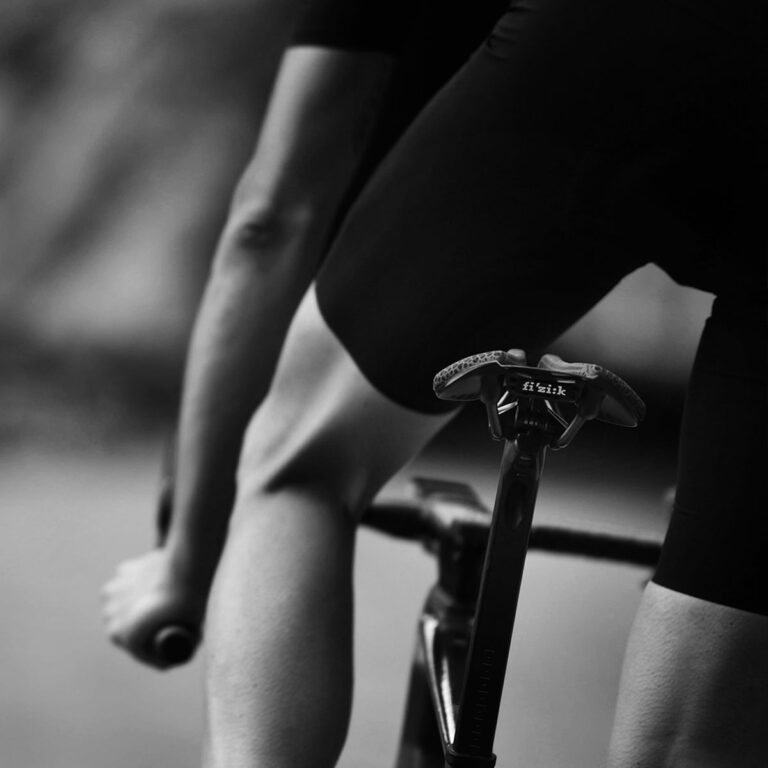Mountain Bike Saddles for Downhill Biking: A Master Cyclist’s Guide
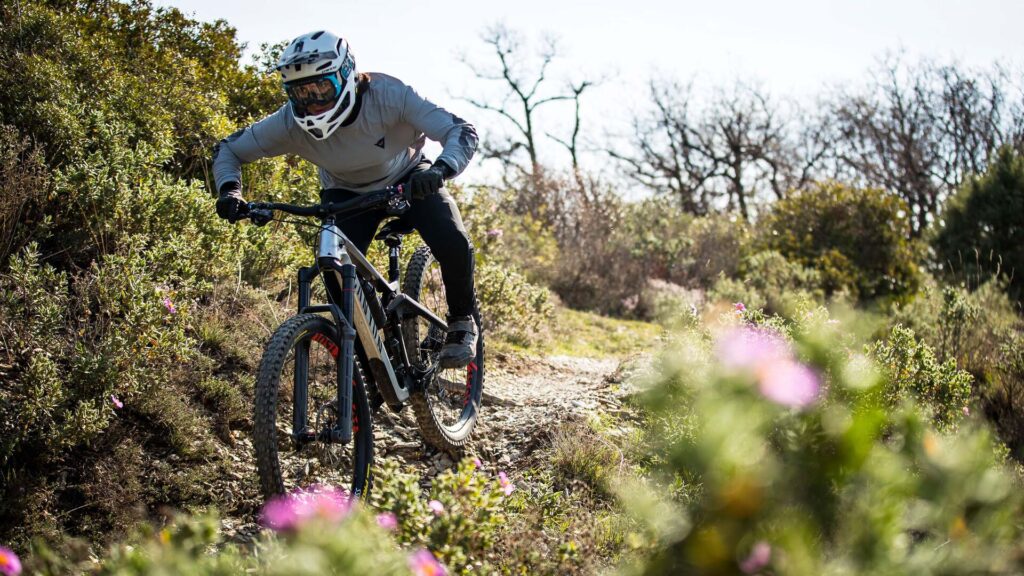
Key Point Summary of Mountain Bike Saddles for Downhill Biking:
- Ergonomics and Fit: A saddle that matches your body geometry enhances comfort and control during downhill runs.
- Durability: Downhill biking demands a saddle that can withstand rough terrain and impacts.
- Shock Absorption: Features that reduce vibration and impact stress are crucial for downhill performance.
- Materials and Design: Look for materials and designs that offer a balance between weight, durability, and comfort.
Downhill biking puts unique demands on equipment. Unlike cross-country or road cycling, where you might be seated for extended periods, downhill riding often sees you alternating between standing and using your saddle more for control during brief sit-downs to navigate technical sections or catch a momentary rest.
This dynamic use requires a saddle designed to support your style of riding while providing comfort and durability. Today, I’m here to share what I’ve learned about choosing the perfect saddle for downhill mountain biking, aimed at helping cyclists with beginner to mid-level experience elevate their ride.
Ergonomics and Fit
The first thing I learned about saddles is that there is no one-size-fits-all solution. A saddle that complements your anatomy and riding position can significantly enhance your control and comfort on the bike. For downhill biking, where the rider’s position shifts frequently, a saddle with a slightly wider rear and a narrow nose allows for efficient power transfer during those moments you are pedaling and offers better maneuverability. The key is finding a balance that supports your sit bones without hindering your thigh movement or control over the bike.
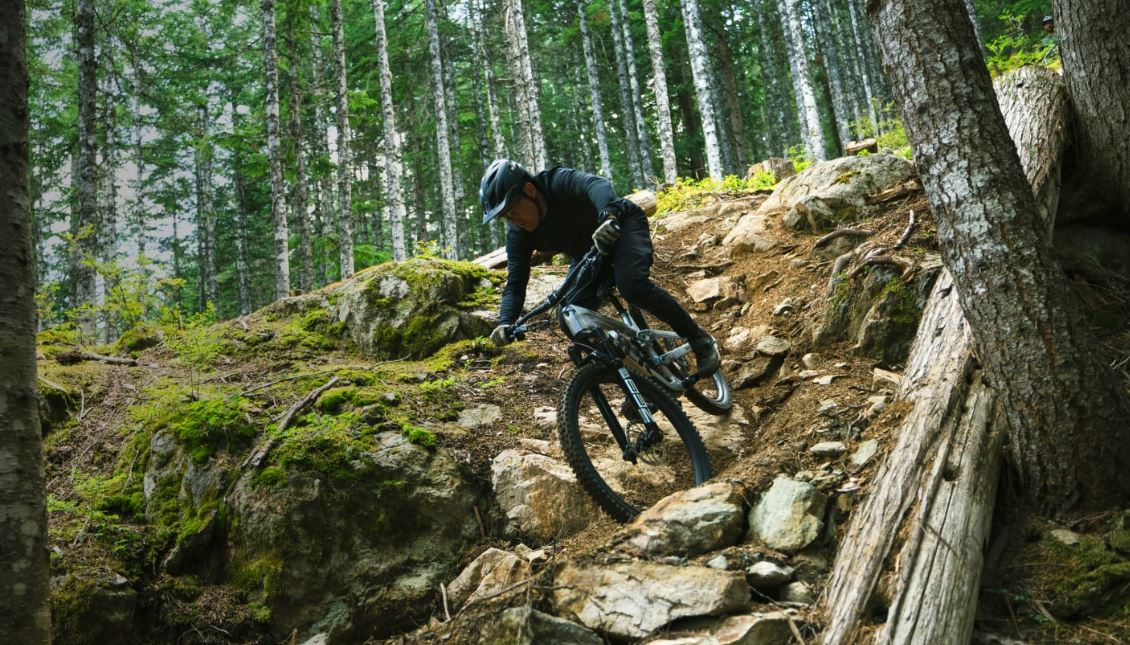
Durability
Downhill trails are rough, featuring everything from rock gardens to root networks, and your bike needs to handle this without faltering. The saddle, in particular, needs to be robust. It should be able to take a hit without tearing, and the rails need to withstand sudden jolts. Materials like reinforced plastic or carbon fiber for the shell and strong, lightweight metals like titanium or chromoly for the rails are popular choices. They provide a good blend of durability and shock absorption without adding unnecessary weight.
Shock Absorption
Speaking of shock absorption, this is where the design and materials of the saddle really come into play. A good downhill saddle should help minimize the vibrations and impacts transmitted to the rider. Some saddles achieve this through padding materials like gel or foam, while others use design features such as flexible shells. The amount and type of padding can vary, and here, personal preference plays a big role. Too much padding can reduce pedaling efficiency and control, while too little might not offer the comfort needed for longer descents.
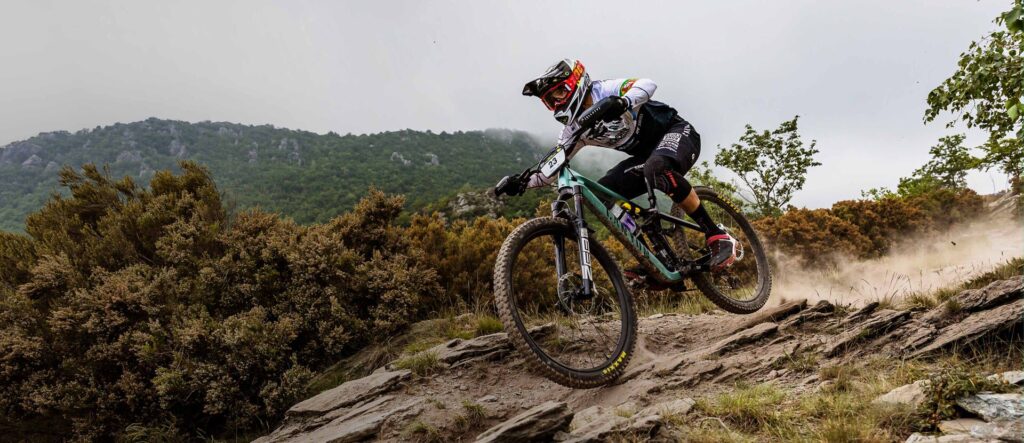
Materials and Design
The choice of materials not only affects the saddle’s durability and shock absorption but also its weight and comfort. A lightweight saddle can contribute to a bike’s overall agility and responsiveness—key factors in downhill biking. However, the materials need to strike a balance between being light and being able to take a beating. Additionally, the surface material should offer enough grip to help maintain position on the saddle without causing chafing or discomfort on longer rides.
Breathability might not be the first thing that comes to mind for downhill saddles, given the short, intense nature of downhill runs, but it can be a factor if your day includes pedaling up to the start line or if you’re using the same bike for trail rides. Ventilation channels or breathable cover materials can help keep things more comfortable in warmer weather or during more aerobic riding.
In my journey, I’ve experimented with various saddles, each teaching me more about what I need for my riding style and comfort. From sleek, minimalist designs that favored lightness and agility to more robust models that could take a beating on the roughest trails, each had its place. The key was understanding the trade-offs and how they aligned with my priorities and the demands of downhill biking.
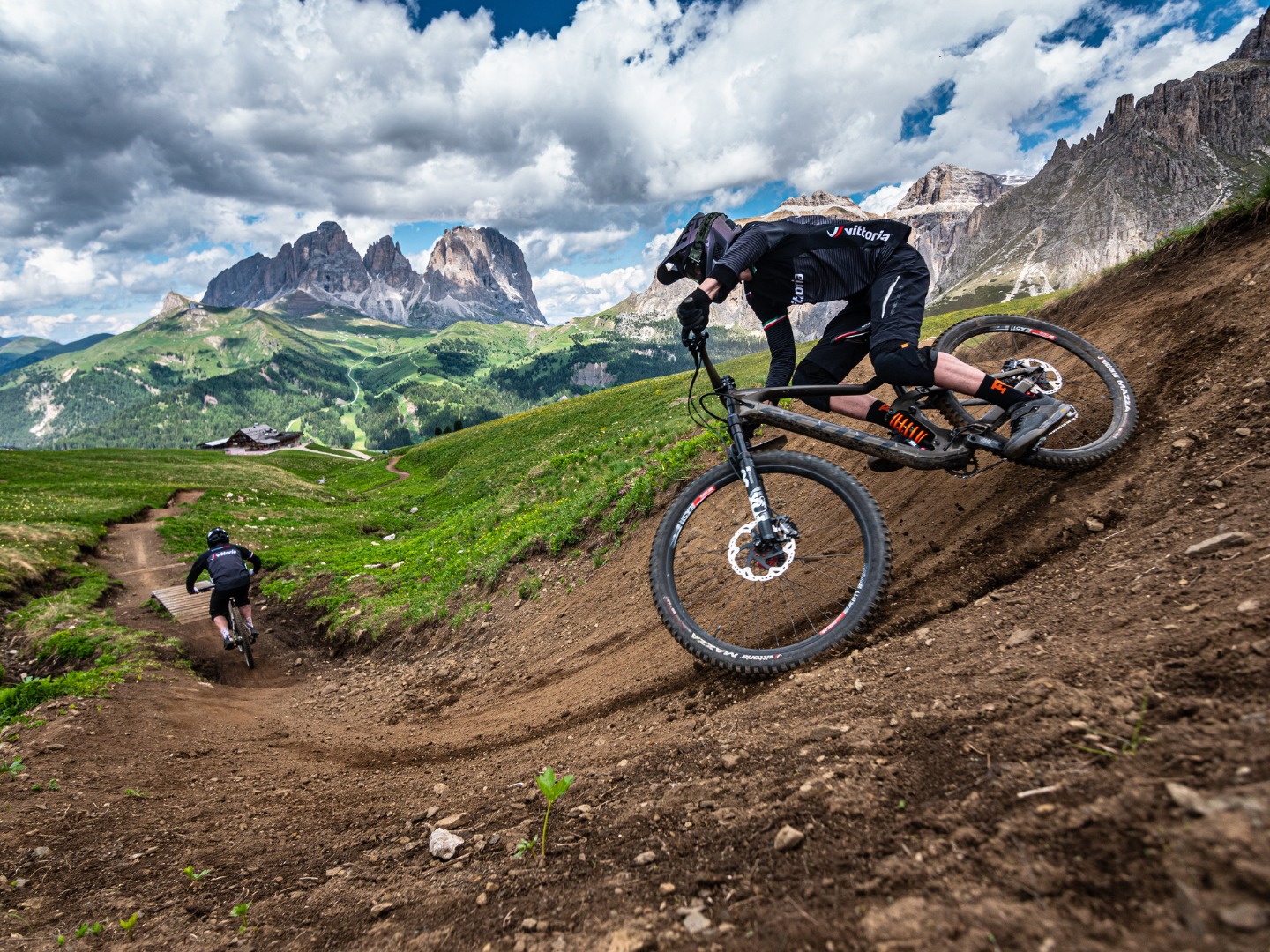
In Summary
Choosing the right mountain bike saddle for downhill biking is about balancing multiple factors—ergonomics, durability, shock absorption, and the materials and design that tie all these aspects together. While the search for the perfect saddle can be personal and sometimes challenging, it’s also an opportunity to fine-tune your ride to suit your unique style and needs on the trails.
With the right saddle beneath you, the thrill and challenge of downhill biking become even more rewarding, letting you push your limits with confidence and comfort. Remember, the best saddle is one that you barely notice because it fits so well with your riding experience.
These models have received high praise from the mountain biking community for their performance in demanding conditions:
1. WTB Volt
The WTB Volt is a favorite among many mountain bikers for its versatile shape and supportive padding. It strikes a balance between comfort for long descents and efficiency when pedaling uphill. The Volt comes in various widths to accommodate different sit bone measurements, and its slight upward curve at the back helps keep the rider in place during aggressive downhill segments.

2. SDG Bel-Air 3.0
The SDG Bel-Air has been a staple in the mountain biking world for years, and the 3.0 version updates this classic with modern materials and an improved design. It’s known for its rear-rise design, which offers extra support on steep descents, and a generous cutout to reduce pressure. The Bel-Air 3.0 is constructed with durability in mind, featuring a rugged cover and solid rails that can take a beating on the trails.

3. Ergon SM Pro
Designed specifically for enduro and gravity disciplines, the Ergon SME3 Pro offers a great combination of comfort and movement freedom, crucial for downhill biking. It features a flat shape for easy position changes and a soft, durable microfiber cover for added comfort. The SME3 Pro also includes silicone side padding to protect the rider’s thighs on tight turns and jumps.
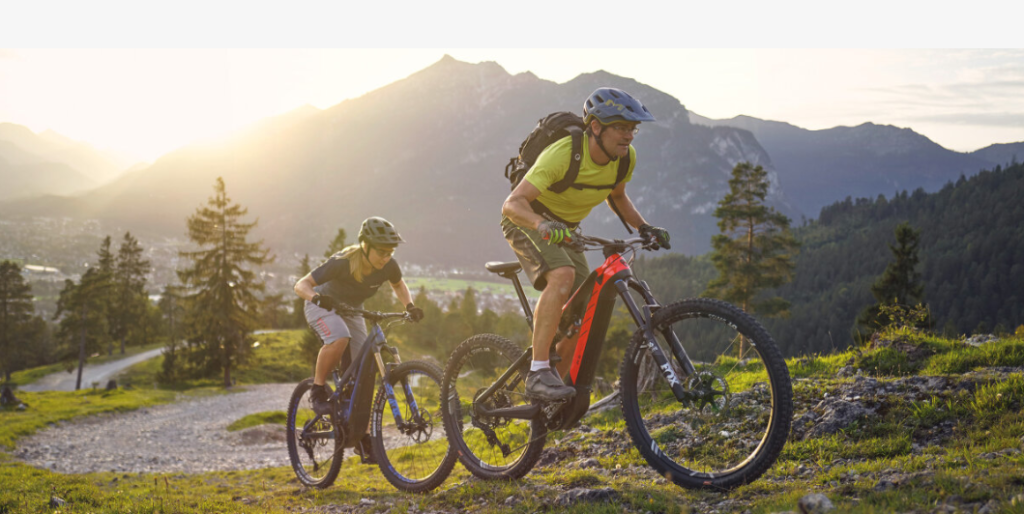
4. Fabric Scoop Shallow Elite
The Fabric Scoop Shallow Elite is known for its minimalist design, lightweight, and versatility across different mountain biking disciplines, including downhill. It features a unique construction that bonds the cover and padding to a flexible base, allowing for excellent comfort and shock absorption without excessive bulk or weight.

5. Fi’zi:k Gravita Alpaca X5
The Fi’zi:k Gravita Alpaca X5 is designed for gravity-focused riding, offering a sleek profile that doesn’t sacrifice comfort. It has a waved shape to help maintain position on the bike during aggressive maneuvers and features a tough, reinforced cover that can withstand the rigors of downhill riding. The saddle also includes a flexible shell and strategic padding placement for impact absorption.

When choosing a saddle for downhill biking, it’s essential to consider how each model aligns with your specific needs. What works for one rider may not work for another, so it’s often beneficial to try out several options if possible. Most importantly, look for a saddle that allows you to focus on the ride, not the discomfort.
FAQ
What gear do I need for downhill mountain biking?
For downhill mountain biking, you need a full-face helmet, body armor (including chest, back, and shoulder protection), knee and elbow pads, gloves with good grip, goggles for eye protection, and appropriate footwear that offers stability and protection. A hydration pack and a repair kit with essential tools and spare parts are also advisable for longer rides.
Can you use a mountain bike for downhill?
Yes, you can use a mountain bike for downhill riding, but it should be a model specifically designed for downhill or enduro riding. These bikes have full suspension with greater travel, durable frames, and components that can withstand the high impacts and stresses of downhill trails.
Why do downhill bikes have saddles?
Downhill bikes have saddles primarily for control during less intense sections of the trail and for occasional sitting, especially on longer descents or when transitioning between sections. The saddle offers a point of contact and control, even if the rider spends a lot of time standing up while riding downhill.
What kind of mountain bike for downhill?
For downhill mountain biking, you should look for a downhill-specific mountain bike. These bikes are characterized by their robust construction, full suspension with a high level of travel (usually 200mm or more), slack angles for stability at speed, and heavy-duty components. Downhill bikes are optimized for descending steep and technical terrain at high speeds.
Happy Downhill Biking!
John
